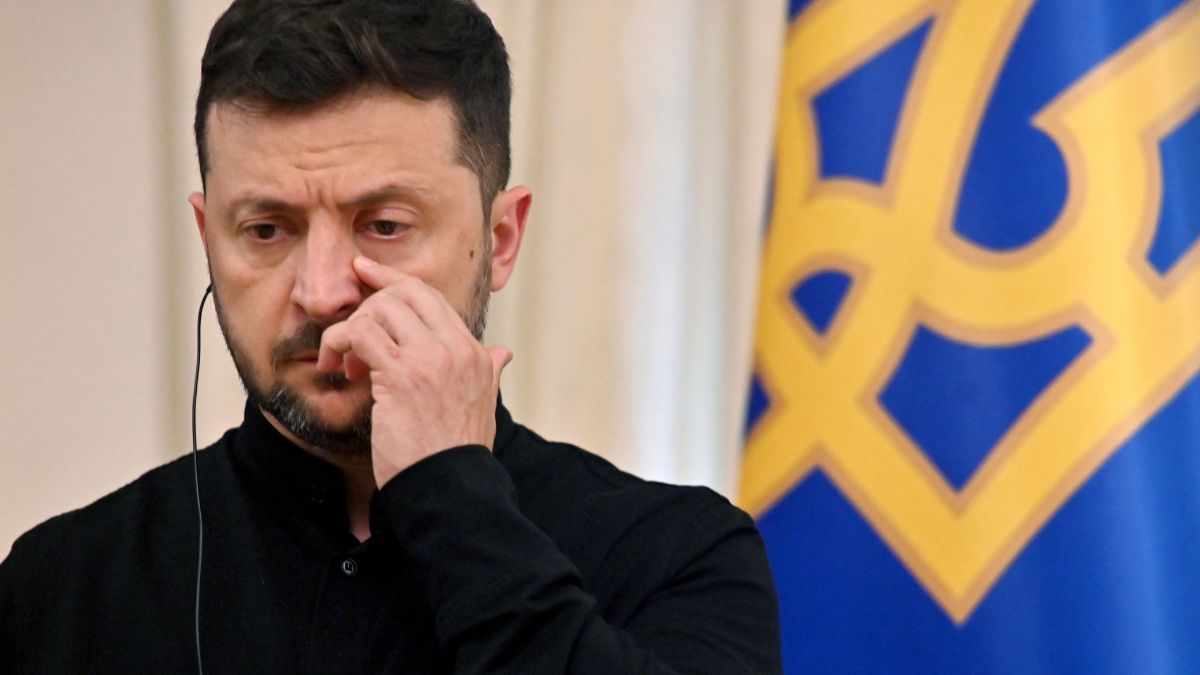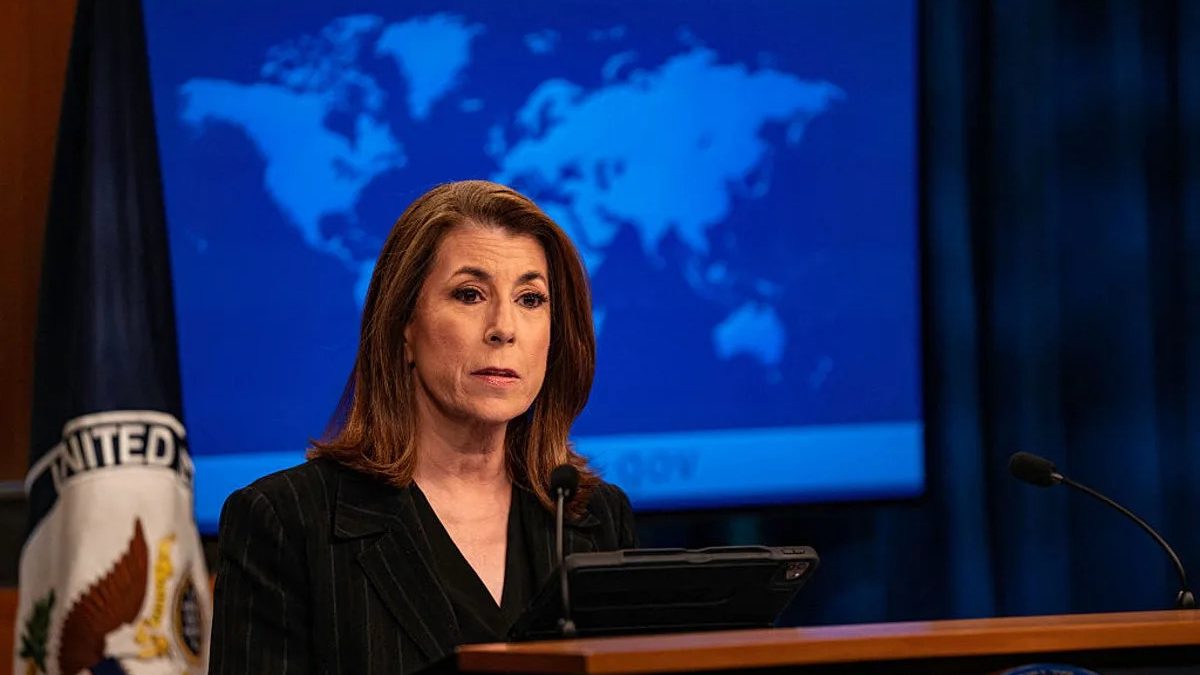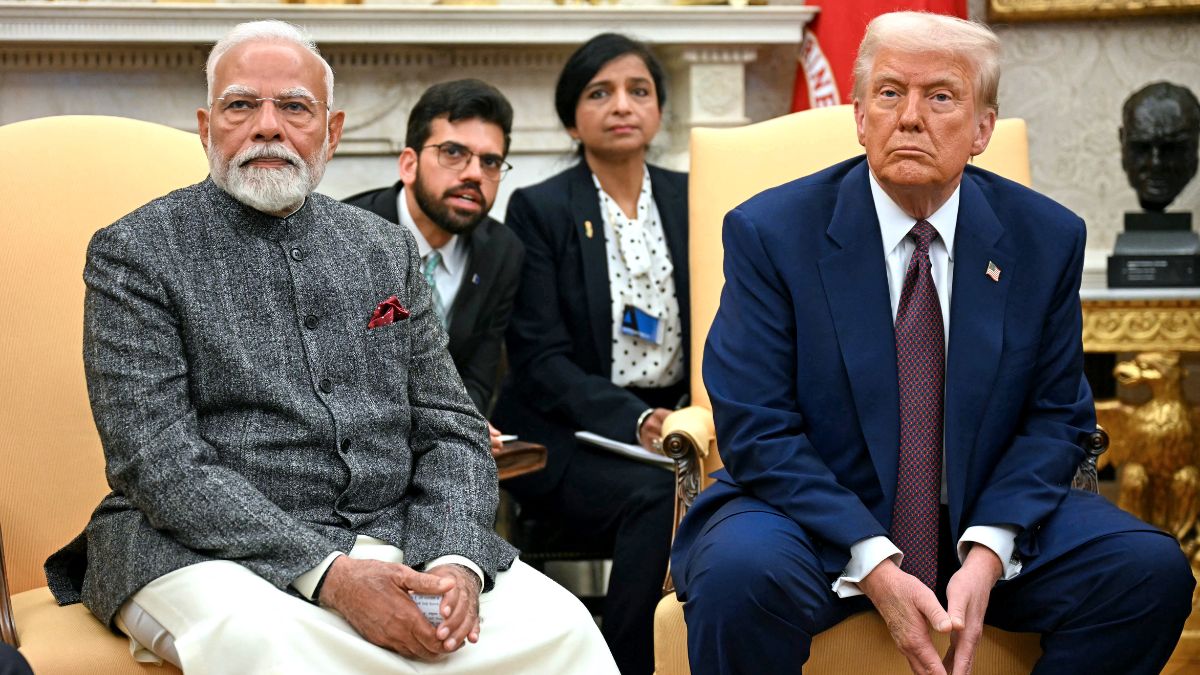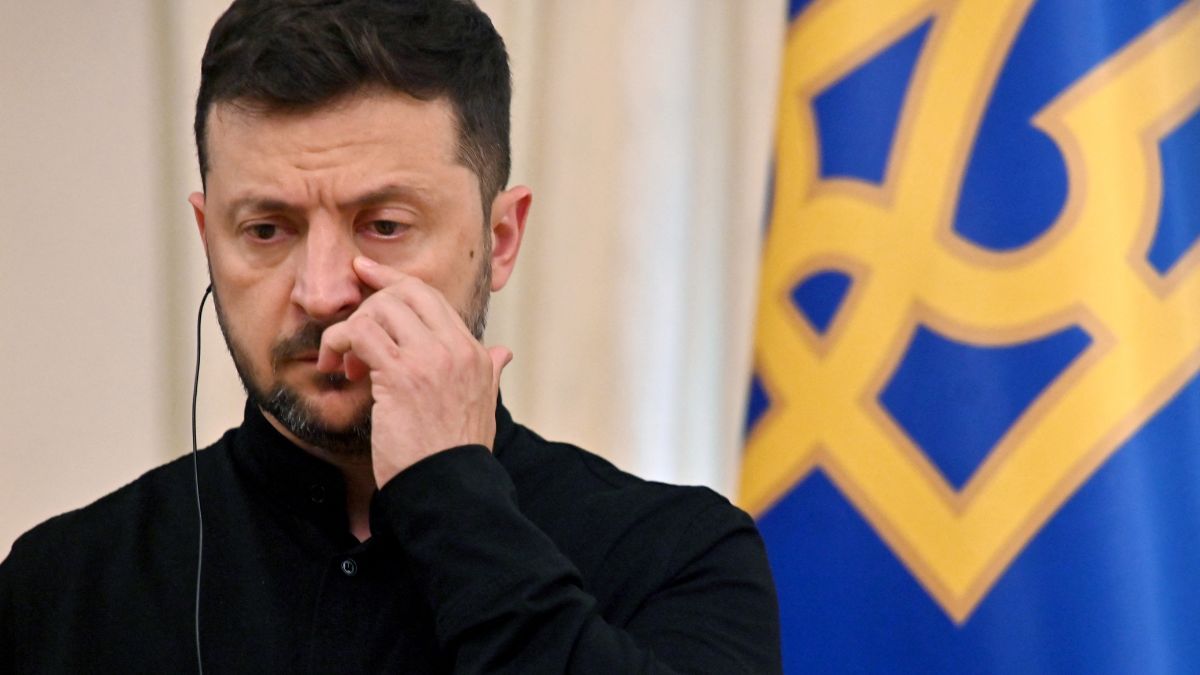One significant addition to the title and content of India’s Vision Statement with the Maldives during President Mohamed Muizzu’s visit this week, compared to nation-specific aspects of economic cooperation with the other southern neighbour Sri Lanka last year, is the reference to ‘Maritime Security’ in the former and its absence in the latter.
By ensuring that Indian military personnel won’t be present on Maldivian soil without having to put it down in writing, the Vision Statement has ensured that Muizzu would not have to face political backlash from his domestic constituency.
It was the case in the run-up to his presidential election last year. It remained so until both sides agreed for India to replace them with technical personnel to man the three aerial platforms gifted by India in the past and pressed back into service for medical evacuation after hibernation for a period.
In the same vein, there is a specific reference to the India-funded harbour for the Maldivian National Defence Force (MNDF) on Uthuru Thila Falhu (UTF) Island, which in the past had kicked up an avoidable row in the absence of clear-cut information to the Maldivian people from the predecessor government of President Ibrahim Solih.
Paragraph VII of the Vision Statement subtitled ‘Defence and Security Cooperation’ clearly states that the harbour, with India’s assistance, would ‘significantly contribute towards enhancing MNDF’s operational capabilities and agreed to extend full support for its timely completion’. Likewise, there is a reference to a joint oceanographic studies agreement that the Muizzu government refused to decline. A via media seems to have been found now under the Vision Statement, with India promising to supply the required radars and facilitating capacity-building at other levels.
Impact Shorts
View AllOn other specifics in matters of defence cooperation, India will be refurbishing and refitting a coast guard vessel gifted earlier on gratis base in one of the bases in the country. Going a little further in matters of cooperation in crime control, India’s Central Bureau of Investigation and Maldives’ Anti-Corruption Commission will be working together. India will also assist capacity-building in the Police Academy in southern Addu, funded and built by India, which in the past had again been made the subject of avoidable controversy where none existed.
After Muizzu’s parent party, namely, the Progressive Party of Maldives (PPM) of estranged mentor and jailed former President Abdulla Yameen, had opposed the move by the predecessor Solih government, the incumbent has now cleared the proposal for the opening of an Indian consulate in Addu City to ease of travel for southerners who now have to obtain visas from the Indian High Commission in the capital Male. In turn, for Maldivians residing in southern states of India, a new consulate will be opened in Bengaluru apart from one already functioning in Thiruvananthapuram.
Currency swap
This is only a part of the package after Muizzu arrives on his first state visit to India and holds both personal and delegation-level talks with Prime Minister Narendra Modi, as well as meetings with President Draupadi Murmu, Vice President Jagdeep Dhankar, External Affairs Minister (EAM) S Jaishankar, and Health Minister J P Nadda. From a mainly Maldivian perspective, which also has street implications for President Muizzu back home, India has offered a substantial $750 million in a ‘currency swap’ agreement for three years until 2027—$400 million in dollars and the rest, amounting to INR 30 billion or 3,000 crore in Indian currency.
Political and other critics of Muizzu in the Maldives had hoped for India to send him back empty-handed or at best with a token assistance after the avoidable heartburn at his instance in the early months of his presidency. While it can be argued that the dire economic situation had forced the President to make a about-turn, it is charitable to acknowledge that bilateral relations found their groove once he swept the parliamentary polls on his own strength, that too without reference to India in any adversarial way.
Yet, there is no denying the emergence and existence of a grey area in bilateral relations in the early weeks and months that too after Muizzu and Modi had met on the sidelines of the COP28 ‘Climate Change’ conference in Dubai only a fortnight after his assuming office. This was followed by another brief meeting during the swearing-in of Modi 3.0 in June this year. The state visit itself was preceded by EAM Jaishankar’s Maldives’ visit last month, when both sides possibly/purportedly finalised the shape for bilateral relations to come, as outlined since.
Customary first visit
In Delhi, President Muizzu extended an invitation for PM Modi to visit the Maldives in 2025, which he pointed out was the 60th year of the commencement of diplomatic relations between the two nations. Only a couple of days earlier, EAM Jaishankar extended an invite for common neighbour Sri Lanka’s new President Anura Kumara Dissanayake (AKD) to visit. Customarily, neighbourhood leaders had extended the courtesy of making New Delhi their first overseas destination after assuming office.
Of course, Muizzu had travelled to Turkey on his first official visit and China on his maiden state visit. It may have also owed to the ready invite that he had gotten from the other two countries compared to India.
India too has followed the custom all through. However, in New Delhi’s case, it has to choose one of the seven SAARC neighbours invariably, barring Afghanistan and Pakistan. Bhutan, Nepal, Bangladesh, or the Maldives have been among the destinations of an elected prime minister or president, depending on scheduling issues.
Export-centric investments
Jaishankar’s Colombo visit was significant as he became the first foreign dignitary to visit Sri Lanka after the new president took over. Earlier, on the announcement of the presidential poll results, Indian High Commissioner Santosh Jha similarly became the first foreign envoy in Colombo to call on the president-elect. Both meetings by themselves signify the long-standing bonds between the two neighbours, which the new, leftist leadership indicated would want to continue without break.
At meetings with President Dissanayake, Prime Minister Harini Amarasuriya, and Foreign Minister Vijitha Herath, who together constitute the nation’s smallest cabinet thus far, Jaishankar reiterated India’s sector-wise commitments to the economic revival of Sri Lanka. Significantly, he underlined the promised Indian investments, both in the public and private sector, in export-oriented industries, particularly in the energy sector, which would also make Sri Lanka self-sufficient on that front.
There is clarity also in Colombo these past years, post-Aragalaya, that more than grants and developmental investments of the Chinese kind, Sri Lanka needs export-driven investments in core sectors. President Dissanayake in particular referred to this aspect, indicating an openness of mind in approaching green energy investments by India’s Adani Group. Ahead of the elections, AKD had indicated his intention to cancel the agreement, citing the absence of a transparent tender process and also power-purchase figures.
The question thus arises if India should be looking for export-centric investments in the Maldives, too, though the scope for the same may be relatively limited. Of course, bilateral agreements now provide for the Maldivian government to choose projects where it needed Indian assistance and expertise, as was the case with the previous Solih dispensation. The latter had identified High-Impact Development Projects (HIDP) in the social sector as the mainstay, apart from larger investments on the three islands (Goidhoo, Fehendhoo, and Fulhadhoo), the Thilamale Sea Bridge, and the like.
Given the new economic realities that the Muizzu leadership has inherited, they may tend to refocus on the nation’s priorities in the matter, even while continuing with processes aimed at completing the pending projects. A PhD-holder in structural engineering, Muizzu seems fascinated by civil works of the kind and visited the Thilamale Bridge site for his ‘first outing’ after taking over in November last — so as to fast-track the work, delayed by Covid and the rest.
Likewise, his works minister also visited Mumbai recently to study the under-water travel corridor being built in the sea for replicating in the Maldives after Muizzu had announced a project to build a fascinating under-sea transport corridor linking an upcoming reclamation residential island with capital Male, making it a tourist attraction — and thus generating revenues, too.
Prioritisation matters
A lot will depend on the Maldives’ prioritisation of project funding from India in these times of economic crisis coupled with dollar shortage. The massive currency-swap agreement with India during Muizzu’s visit should not cause Maldivian authorities to go slow on fiscal, dollar, and economic reforms initiated by the incumbent government. In this, the outgoing Ranil Wickremesinghe government stood steadfast on reforms without compromising on principles in the face of a nose-diving electoral fortune.
The Maldives is not Sri Lanka when it comes to past economic models; this one centred on high-end resort tourism with freedom for the investor to repatriate earnings and profits in foreign currencies, mainly the dollar, without taking a Maldivian banking route. Ahead of the India visit, Muizzu had displayed a certain determination to set matters right and should not become lax in the face of industry and other internal pressures, particularly in the context of the currency swap facility.
Yes, the Muizzu government has declared that it would not take the IMF route for economic recovery as the Wickremesinghe government in neighbouring Sri Lanka in contemporary times and by President Mohamed Nasheed in the post-democratised Maldives of the end-first decade. India seems to be a better option for neighbours who are hard-pressed for cash but do not want to accept a tough IMF reform package, comprising tax and tariff hikes accompanied by spending cuts, starting with salaries and new jobs.
Maybe India, with its vast and varied experiences in coming out of its own economic crises of the late eighties, may have lessons for neighbouring nations, similarly placed now. Maybe that is where nations like the Maldives and Sri Lanka can begin, going beyond the aid and assistance New Delhi readily offers without doubt — and helping set their own house(s) in order in good time. Maybe there will also be lessons in this for the new Bangladesh government, apart from Nepal, which, again, for instance, is caught in a post-Covid economic mess, to which local leaders and their domestic policies too have contributed enough and more through the past decades.
The writer is a Chennai-based policy analyst and political commentator. Views expressed in the above piece are personal and solely those of the author. They do not necessarily reflect Firstpost’s views.


)
)
)
)
)
)
)
)
)



